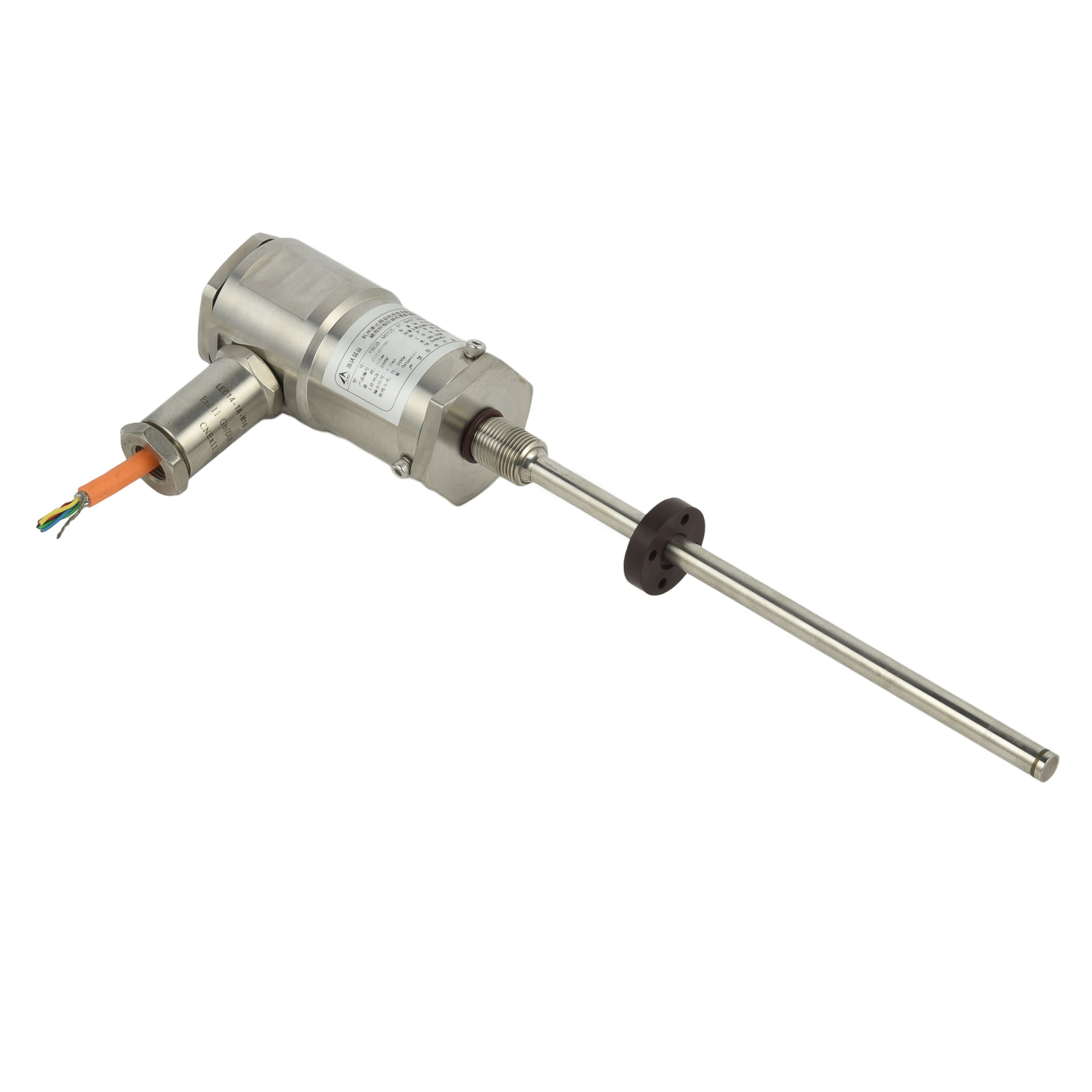How to achieve high-dynamic measurements with magnetostrictive sensors?
Achieving high-dynamic measurements requires sensors capable of capturing rapid changes with precision. Magnetostrictive sensors excel in this domain by leveraging the magnetostrictive effect—where ferromagnetic materials change shape under magnetic fields. This physical principle allows these sensors to deliver exceptional responsiveness and accuracy in dynamic environments. Their ability to detect micron-level displacements at high speeds makes them indispensable for applications demanding real-time data acquisition and precise motion control.
The core technology enabling high performance lies in the sensor's design and signal processing capabilities. Modern magnetostrictive sensors incorporate advanced electronics that filter noise while maintaining signal integrity during rapid measurements. The non-contact measurement principle eliminates mechanical wear, ensuring consistent performance over time. Sophisticated algorithms process the torsional wave signals generated by magnetic interactions, converting them into precise position data with sub-millisecond response times. This technological sophistication allows for capturing transient events and vibrations that other sensor types might miss.
Several critical factors contribute to achieving optimal high-dynamic measurements with these sensors. Proper installation ensures the sensing element aligns correctly with the target magnet, maximizing signal strength and accuracy. Environmental considerations such as temperature stability and electromagnetic interference protection maintain measurement consistency during dynamic operations. Selecting sensors with appropriate bandwidth and resolution specifications matching the application's requirements prevents data loss during high-speed operations. Regular calibration against known references maintains measurement integrity over extended periods.
The applications benefiting from high-dynamic magnetostrictive measurements span numerous industries. In industrial automation, these sensors provide real-time feedback for robotic positioning and assembly line control systems. Hydraulic cylinder monitoring utilizes their capabilities for precise piston position tracking under extreme operating conditions. Automotive testing facilities employ them for capturing suspension dynamics and crash test measurements. Aerospace applications include flight surface control and landing gear positioning systems where reliability and precision are paramount.
Implementing best practices ensures maximum performance from magnetostrictive sensing systems. Integrating appropriate signal conditioning electronics maintains signal quality during high-speed data transmission. Using shielded cables prevents electromagnetic interference from corrupting measurement data. Implementing regular maintenance schedules including cleanliness checks and connection verifications prevents performance degradation. Combining magnetostrictive sensors with complementary technologies like accelerometers can provide comprehensive dynamic measurement solutions for complex applications.

Future developments continue to enhance the high-dynamic capabilities of magnetostrictive sensors. Miniaturization trends allow for installation in space-constrained applications without sacrificing performance. Wireless connectivity options enable easier integration into IoT systems for remote monitoring. Improved materials science developments increase temperature tolerance and measurement ranges. Advanced digital signal processing techniques continue to push the boundaries of resolution and response times, opening new possibilities for ultra-high-dynamic measurements across various industries.
 UpgradingYourLevelMeasurementS
UpgradingYourLevelMeasurementS
 Why are magnetostrictive level
Why are magnetostrictive level
 ComparingMagnetostrictiveandRa
ComparingMagnetostrictiveandRa
 MagnetostrictiveLevelSensorfor
MagnetostrictiveLevelSensorfor
